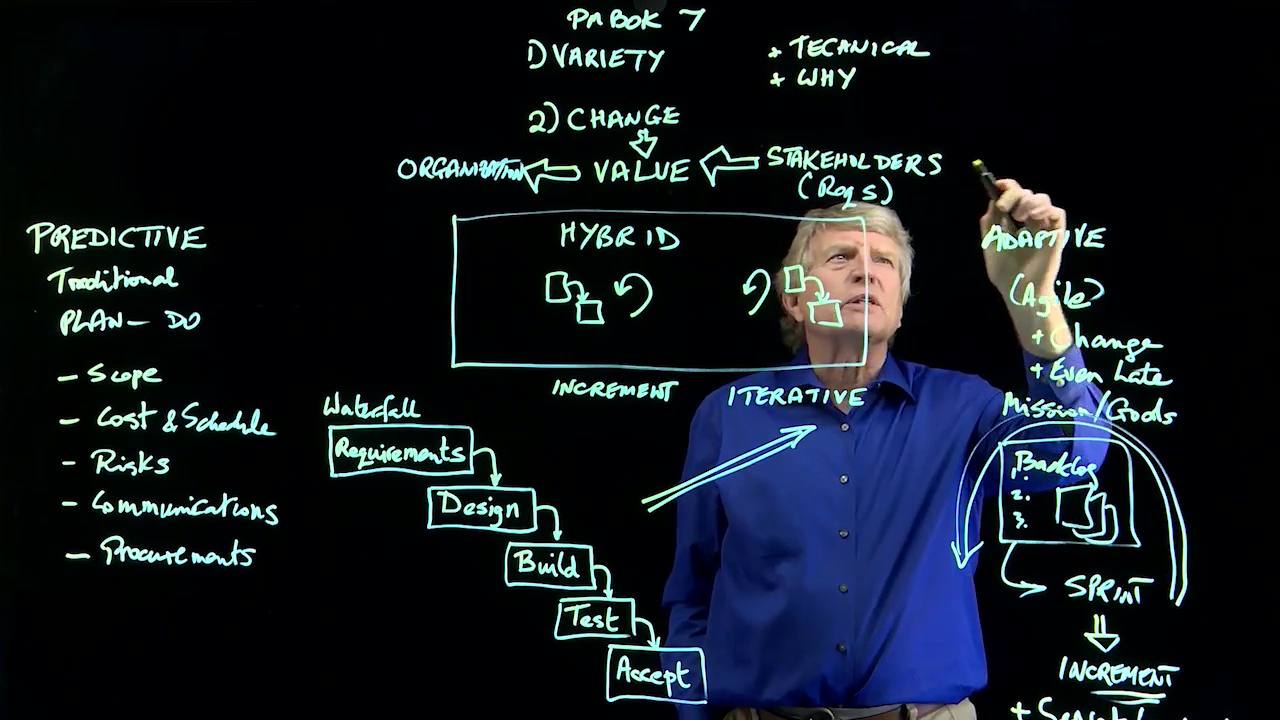001. Lesson 4 Introduction
002. 4.1 Understanding Projects, Programs, and Portfolios
003. 4.2 Exam Tips for Projects, Programs, and Portfolios
004. 4.3 Understanding the Project Management Office (PMO) - Part 1
005. 4.4 Understanding the Project Management Office (PMO) - Part 2
006. 4.5 Understanding the Steering Committee
007. 4.6 Understanding Portfolio Management
008. 4.7 Adapting to Agile Portfolios
009. 4.8 Exploring Project Structures - Functional
010. 4.9 Exploring Project Structures - Projectized
011. 4.10 Exploring Project Structures - Matrix
012. 4.11 Exam Tips for Project Structures

